|
Immediately after the first Executive Order on Immigration was signed in January, I received several emails from individuals wanted to get involved with the interfaith work that my husband and I do with Muslim Neighbors. As I thought about how to respond, I knew that we needed a more sustainable way of addressing issues facing our community. Then (and still) it was Islamophobia and nationalist policies affecting millions of immigrants (documented and undocumented) and refugees in very tangible ways. But it could have been anything, any issue. Also, realizing that our time in Lafayette is more than likely finite, how can the network we are building continue after we are gone?
So we called together as many faith leaders in the community as we knew to form the Interfaith Leaders of Greater Lafayette. Twenty seven people showed up with only 2 days notice and from there we have started interfaith discussion groups, planned educational meetings focused on immigration, and are moving forward as a coalition of faith leaders. I am hopeful. Let me know if you are interested in getting involved. Interfaith Leaders Greater Lafayette (ILGL) is a coalition of leaders of religious institutions and organizations in greater Lafayette dedicated to dialogue, service, hope, and a shared vision for our local community. We are united to create and support a community of respect, dignity, and responsibility for all. Through our work together, we hope to create an atmosphere of hospitality, belonging, compassion, and safety, where the city can stand firmly together in our diverse beliefs. ILGL’s vision is to foster and sustain the multi-faith fabric of the greater Lafayette community through:
The group meets regularly as faith leaders to learn about issues facing the greater Lafayette community, engage in critical dialogue about these issues, and invite common responses to them. Our goal is to disseminate resources, promote events, and connect individuals in our faith communities to initiatives furthering our vision for the greater Lafayette community and promote increased understanding of various faiths and how our faith informs our values. Immigration Focus For the past several months, we have been focusing on the issue of immigration. Dr. David Atkinson, history professor at Purdue, shared with us the historical context for immigration restrictions in the United States, noting that restrictions based on national origin and religion are nothing new. Susan Brouillette, director of the Immigration Clinic at LUM, presented an Immigration 101 and told us about the services LUM provides to our local community. Finally, Dr. James McCann, professor of political science at Purdue, presented on the civic life of Latino immigrants. Dr. McCann’s presentation shared that 43-44 million U.S. residents are foreign-born, and significant increase since the 1960s. This change, however, has more to do with the demand for migrant labor in the construction, agricultural, and medical industries since the 1980s than the changes in federal legislation related to immigration in the 1960s. Today, 1 out of 8 U.S. residents are foreign-born, which is comparable to the ratio in the early 19th century. The process of integration is, as Dr. McCann put it, “clunky” but is part of our historical process as a nation. Through his research with Latino immigrants (citizens, documented, and undocumented), he found that immigrants may be more American than U.S.-born residents. This is based on feelings about the flag, the U.S. government, and voting. Overwhelmingly, Latinos living in the U.S. have a positive view of the U.S. government and feel that voting is a duty, not a choice unlike data on U.S. born residents, which have a relatively negative view of the government and feel that voting is a choice rather than a duty. Second, the immigration rights movement has persisted since the 2006 demonstrations against legislation passed by the U.S. House that would make it a felony to be in the United States illegally. While this movement has morphed, data shows that there is still a strong network that can be activated. Finally, he found that among Latinos, major political disappointment does not equal civic withdrawal. Most those surveyed do not desire to return to their country of origin, even if they view the country moving in the wrong direction, indicating that their sense of belonging and partisan identification has not been shaken, even post-2016 election. Dr. McCann is currently conducting further research on the resilience of this population as the Trump Administration is more established. Check out some of his articles here. Moving forward, ILGL suggests several opportunities to engage in this issue locally. Welcoming Greater Lafayette. First, Susan Brouillette proposed becoming a Welcoming city, which entails joining Welcoming America and works across multiple sectors, such as government, business, and non-profit, to create inclusive policies and practices to create a welcoming community climate that supports long-term integration. Welcoming Cities are guided by the principles of inclusion and creating communities that prosper because everyone feels welcome, including immigrants and refugees. For more information, visit www.welcomingamerica.org. Contact Susan Brouillette ([email protected]) to get involved. Organizations can join the movement. Help plan Welcome Week activities (September 15-24). Join the Welcoming Greater Lafayette committee. Promote and attend events. Greater Lafayette Immigrant Allies (GLIA) is a local group focused on advocacy, education, and fellowship about issues concerning immigrants and refugees in greater Lafayette. Find out more information about how to get involved in these action groups at www.standingforgood.com or by contacting Kirsten Serrano ([email protected]). They are attending a May Day Strike and Rally in Indianapolis on May 1. Find out more and reserve a seat here. Make a donation to support riders here. LUM Immigration Clinic. Contact Susan Brouillette ([email protected]) to volunteer at the LUM Immigration Clinic, host a “Know Your Rights” session, or to help advertise their services. Muslim Neighbors. Host a Muslim Neighbors panel or display the photonarrative exhibit. More information at www.muslimneighbors.com. Contact me to schedule an event. Muslim Neighbors is hosting a Live Art Booth at TASTE of Tippecanoe on June 17, 201`7 to collect stories of welcome and unwelcome from residents of greater Lafayette. Come by the booth. Invite people to share their stories, especially individuals marginalized on the basis of race, citizenship status, and religion. Then, join us for a community iftar (breaking fast meal during Ramadan) and interfaith panel on fasting. More information to come.
0 Comments
I know several people who, when they approached their thirtieth birthday, had a mild crisis. I did not when I turned thirty earlier this year. But, I did make it a goal to have a full-time job interview before I turned thirty, a goal I achieved with a few months to spare. I was not offered the job, but I very much appreciated learning about their programs and the process brought into clarity some feelings I had been having about my vocation.
First, I like the autonomy of working independently. Not that I don’t collaborate in my work, but I have control over what I do, how I do it, and when I do it. I can choose how to frame my projects, how they’re funded, and there is not an underlying pressure of making it count toward tenure or to make projects fit within an institution's missional scope. I also realized that my research training has refined my skills in viewing issues from a variety of angles and in the past, present, and future. This is not always the case, however. There are a great many people with passion about one issue or another and have great motivation to work towards social change. But, they do not necessarily have the ability to see the issue in the big picture, or see how decisions now affect future community building opportunities, or that language used actually perpetuates problems rather than addresses them. I have found myself in a position more recently to help provide some context for the best of intentions so that they are more effectively put to use for sustainable change rather than short-term, emoted reactions. I had spent four years building relationships and getting involved in the greater Lafayette community through interfaith initiatives and community engagement work with a local congregation, and it has been in the past few months that I’ve realized how valuable this time and knowledge is. This is a full-time job. I spend my time listening to people and identifying individuals who are experts, whether through life experience, self-study, or research practice. I organize meetings and connect people based on shared interests. Some of the time, it feels as if I am not doing a whole lot of anything with my kids tagging along. But, it is all valuable, because, at the end of the day, week, month, year, the time spent connecting with people intentionally is what builds strong communities, activates networks, and enables the possibility of working together across religious lines, across socioeconomic status, across racial lines, across economic, government, and non-profit sectors to address issues in our community that affect all of us. With these thoughts, and others, I decided to refocus my blog. There will still be studio updates, in the more traditional sense. But, from here on out, there will be more focused posts addressing these artful connections. Because I still see all this relationship and community building as an artform. I spend a lot of time preparing talks, and those will be posted with some modifications. Part of this is selfishly motivated to self-legitimize the work that I do, but mostly it offers another venue for sharing information, for community education, and for creating stronger communities. aAt the beginning of a new year, I am taking some time to breathe. I am between projects and the semester has not yet begun. It is snowing outside. So I am starting to work my way through a reading list on peacemaking with some social justice advocacy on the side. Some I've already read, but I'm excited to learn more about the theological foundations for the practices and principles that guide my community building and interfaith dialogue efforts. What's more, I have plans in the works to engage in these topics with a small group of Christian and Muslim women. We've named ourselves Sustain: Nourishing bodies and spirits through food and faith. Who's excited and has two thumbs? This girl.
I've also been working on two watercolors that I started several months ago. Now that Qorsho and I have submitted our forthcoming book, Urur Dhex-Dhexaad Ah / A Community in Between, with Trillium Press (shameless plug) and are waiting on copyedits, and I haven't yet begun building the project website, or any plans for the exhibition, I decompressed a little by painting Global Mall. I've been attempting to make something visual that encompasses my relationship with that space since 2011 (see below, Global Mall throughout the ages of my research), and have countless abandoned pieces. But, as Jonah reminded me as we sat down to paint together, "Mommy, you are an artist. You paint pictures." Significant partly because I rarely paint these days, and also because it was a nice reminder that I understood myself first as an artist, then as an educator, and then as a researcher. These roles frequently shift, and at this point are so intertwined that to think of not doing one element in favor of another is fairly incomprehensible. But, I've learned that to do one, for me, is to do them all, which is why, I suppose, I love arts-based community research so much. There is much I am looking forward to this year:
|
Ruth M. SmithCommunity arts educator and researcher. Drinking coffee. Home educating. Making art. Listening intentionally. Categories
All
Archives
February 2022
|
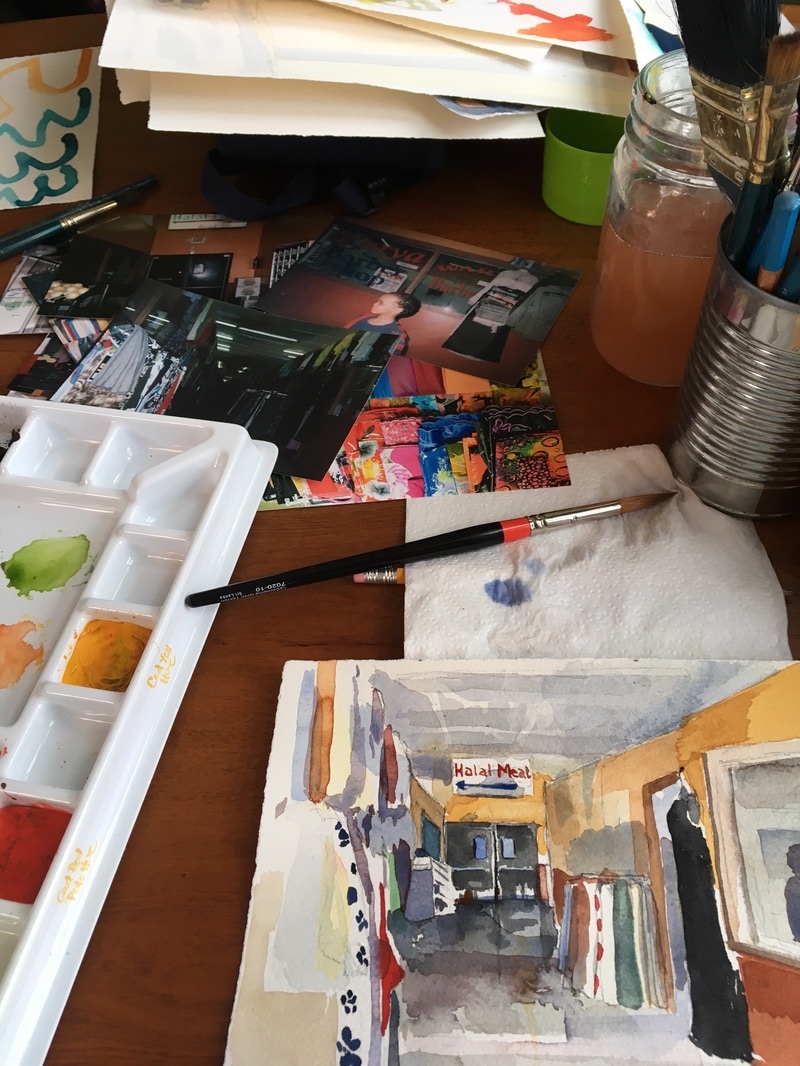
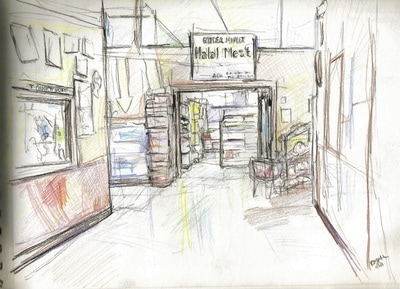
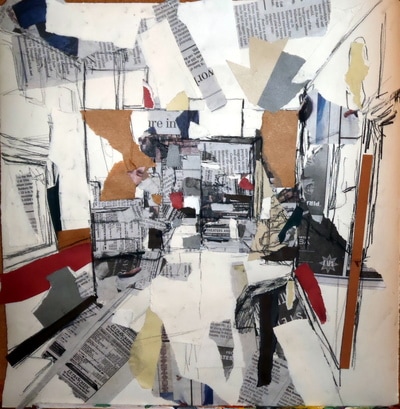
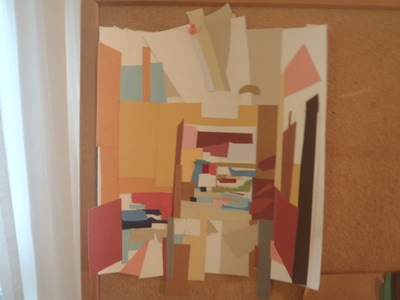
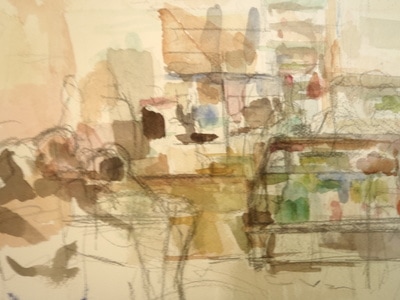
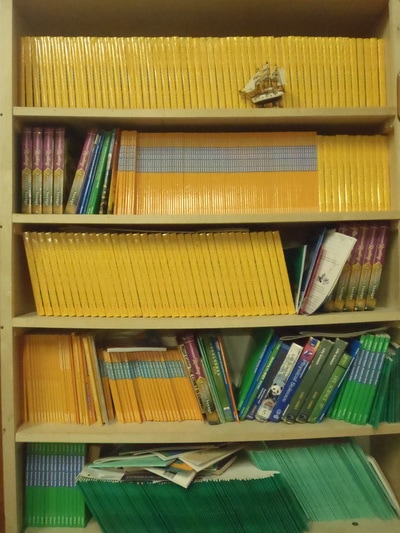
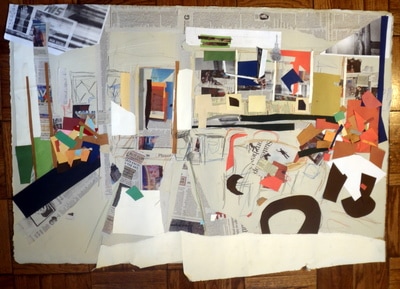
 RSS Feed
RSS Feed
